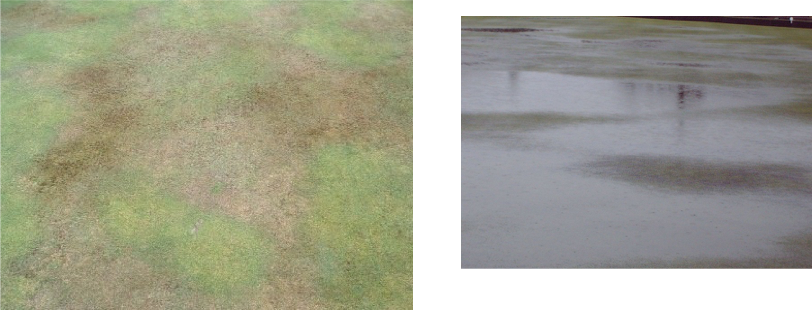This subject is so important to the future performance of bowling greens that I would say it is essential for greenkeepers to understand this subject over any other.
The physical condition of the soil in the bowling green is the most important aspect of bowling green maintenance because it impacts every other aspect of green management. The physical properties of your soil dictate everything from drainage, nutrient availability and pH right up to green speed, green smoothness, consistency and ultimately whether or not the green performs to a high standard.
But what do I mean when I say Soil Physical Properties?



